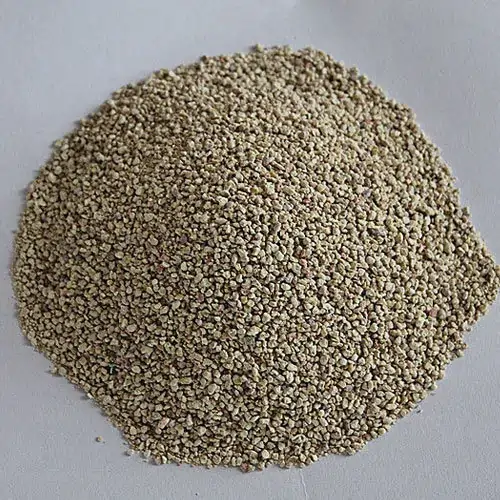refractory-boiler-bed-materials
Best Installation Practices for Boiler Refractory Material
Boiler refractory material is considered to be playing an integral part in the efficient combustion, heat retention, and overall operational life of a boiler. It acts as a refractory aggregate that is being leveraged in fluidized bed combustion (FBC). When properly installed, this material offers exceptional results. It leads to the prevention of untimely mechanical wear, expensive maintenance, and structural damage. Therefore, it is crucial to follow the best installation practices for the longevity and desired performance of boiler refractory materials.
In this post, there are some of the most effective practices that you can implement during the installation of boiler bed materials in your industrial areas.

Surface Preparation for Boiler Bed Material
When you start the installation of the boiler bed material, you should always ensure that the boiler surface is ready. If there are any signs of dust particles, grease, or debris, completely remove it. In case, there are any former refractory lining’s cracked or damaged parts, you should carefully get rid of it. Make the surface clean and stable for enhanced boiler bed material installation.
Choosing the Right Bed Material for Boiler
Picking the right-quality and industry-specific bed material for boiler is one important factor for installation. Evaluate your requirements for operating temperature, fuel type, and exposure to chemical substances. This way, you can approach the most appropriate boiler bed material manufacturer, like Techno World Corporation.
Precise Blending & Curing of Boiler Castable Refractory
When you are planning for the boiler castable refractory installation to your FBC boiler equipment, precise blending is crucial. To reduce the possibility of over- or under-saturation, blend the solution using the recommended water ratio. Too little water use can cause unreliable bonding, and too much water can weaken the bed material. Once the solution is applied on the surface, carefully curing as per the manufacturer’s guidelines is important.
Right Anchoring System
It is important to consider the anchoring system as it keeps the refractory solution in the exact place. It helps minimize cracking possibilities occurring due to contraction or expansion. Usually, ceramic, metallic, and hex-mesh anchor types are widely used in industrial applications. The type of anchors and spacing should be aligned with the industrial design requirements for better performance.
FBC Boiler Bed Material Dry Out & Firing Process
As soon as the FBC boiler bed material installation procedure is completed, one should not start the operations. To mitigate the possibility of spalling or structural damage, let the solution dry out for the time being. The slow firing process is considered as the most appropriate choice for accurate drying. Boiler bed material undergoes a regulated heating process that eliminates all moisture, strengthening the structure.
Frequent Inspection & Maintenance
Even though you followed an excellent installation process, it is still crucial to conduct regular inspections and solve maintenance requirements. During inspection, investigate for any cracks, chemical substance impact, or erosion. This way you can detect the issues before they turn into a bigger problem. It helps minimize additional maintenance expenses as well.
The results of finely installed refractory bed boiler material are enhanced boiler operational efficiency, extended service life, and minimal maintenance requirements. Do follow these practices that we have discussed above and enjoy the benefits they bring to your industrial operations.
